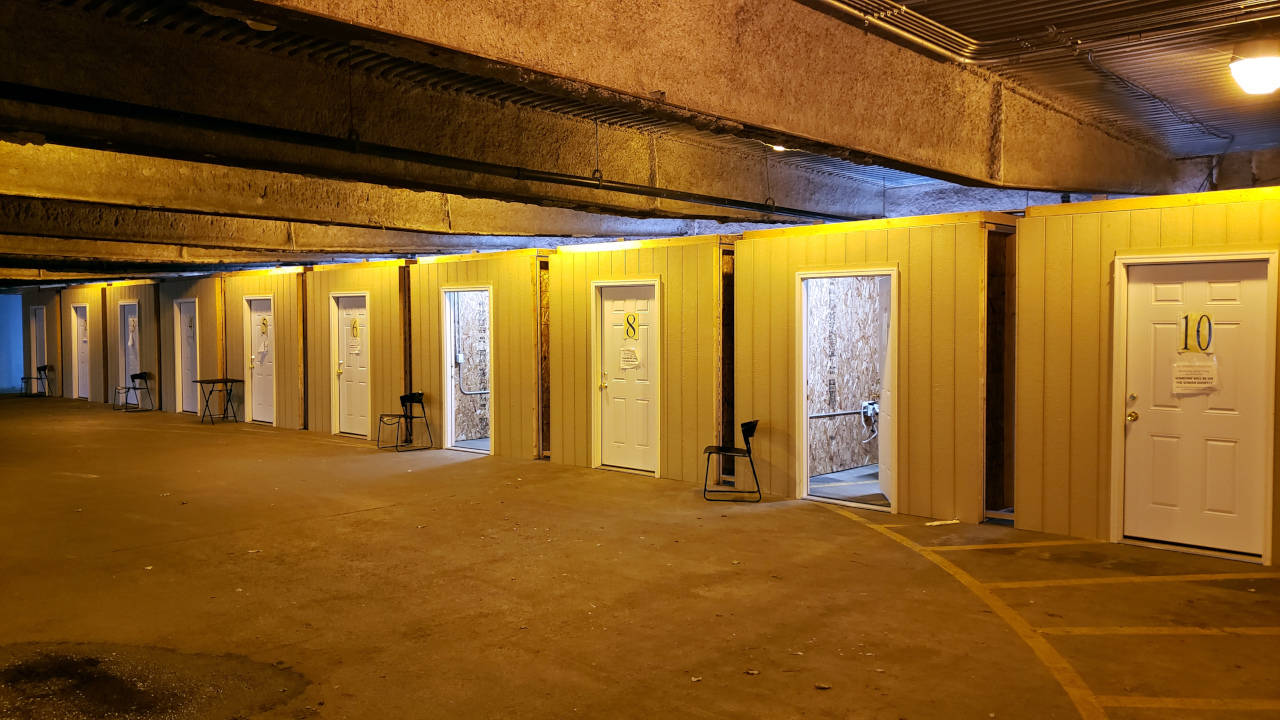When the coronavirus pandemic arrived, the Coastal Community Action Program had to change the way it provides its services to those in need across Grays Harbor and Pacific counties.
CCAP services approximately 2,500 families per year between the two counties, and when COVID impacted the state, the program could no longer provide its services using a business as usual approach.
Things had to change, and change fast.
So CEO Craig Dublanko and his team had to figure out just how they would adapt.
“When the COVID came up, we put our heads together and said, ‘All right, how do we continue to serve our clients and do our best to keep our staff as safe as possible?’” Dublanko said. “We know that just because COVID hits, that homeless individuals, seniors or whoever, are not going to stop needing services. Their problems don’t suddenly go away.”
The team had to turn on a dime by coming up with alternatives.
In mid-March after Gov. Jay Inslee made the decision to shut down most businesses and services, Dublanko and his management staff began brainstorming how they could continue providing housing, transportation, employment and the litany of services they offer.
By Wednesday, March 18, a day after Inslee’s shutdown, the team had come up with a plan on how to tackle the reception area at the Aberdeen location.
CCAP’s Aberdeen office, located at the old Bank of America building at the corner of Broadway and Market Street, had the ground floor of the building assigned for intake, where those in need would check-in with the receptionist and then speak face-to-face with a care coordinator that would assist them in getting the services they need.
That was impossible to do in a pandemic, so the CCAP brass pivoted to a more safe and secure option in the bottom floor of the building’s parking garage.
A contractor was hired on the 19th and began work on building temporary 8×8 foot heated intake rooms complete with monitors for remote meetings with care coordinators, so those in need could get the services they seek while protecting against potential COVID transmission.
A total of 11 rooms were built in the following days and were up and running by March 24, just one week after the shutdown was implemented.
Aside from some glitchy Zoom meetings early in the process, which caused CCAP to add a second internet connection, the plan went off as smoothly as could be expected in a time of crisis.
But the work wasn’t done as Dublanko and his team had to figure out what services and programs would continue, and which ones would be suspended.
“We were grinding. We had a whiteboard where we put up every program and what changes we were going to make,” Dublanko said of a meeting between him and his project managers the first week of the shutdown. “There were some programs where the state called us and said we no longer want contractors to go into people’s homes right now, such as in our weatherization program, so that was shut down for now. Sometimes it was directed by state, sometimes it was directed by business. People weren’t going to medical appointments (at that time) so our medical transportation service business fell off. There were some who we said we shouldn’t be doing this anymore and some who we said we have to continue doing this, so we’ll have to change the way we do it. That’s how it went.”
After changes were put in place the first week of the shutdown, Dublanko and his staff began to get comfortable with a new way of doing things, even if just for a little bit.
“By the end of that week we were starting to get into a rhythm,” he said. “By the next week, there were less issues and people were starting to see that this was going to work and it’s really become our service model now.”
Looking back, Dublanko sees the struggles of shifting a service model in a short amount of time has been a blessing in disguise.
“We are way better now as an organization and we’ve learned a lot,” he said. “We have become more skilled at what we’re doing. Before we were great at face-to-face and some over the phone (interactions). But now we are finding ways to use technology to solve problems.”
Citing Maslow’s Hierarchy of Needs, a psychology theory that explores how people prioritize their needs, Dublanko added that while the shutdown had suppressed some services and programs CCAP provides, the ones that remain are still serving their purpose.
“Food, clothing, shelter, that’s where we are focused. It is life or death for many of (our clients),” Dublanko said. “In April, we housed more households in that month, that I’m aware of, than any other time in this organization for a single month. That’s how effective the staff was. They were doing such a good job.”
With CCAP running as optimal as can be expected during COVID, Dublanko wonders how he can meld the old ways with the new.
“Now the question is how do we transition from (the parking garage back into the building) and blend our old service model with our current service model so that we are as effective as possible,” he said.


